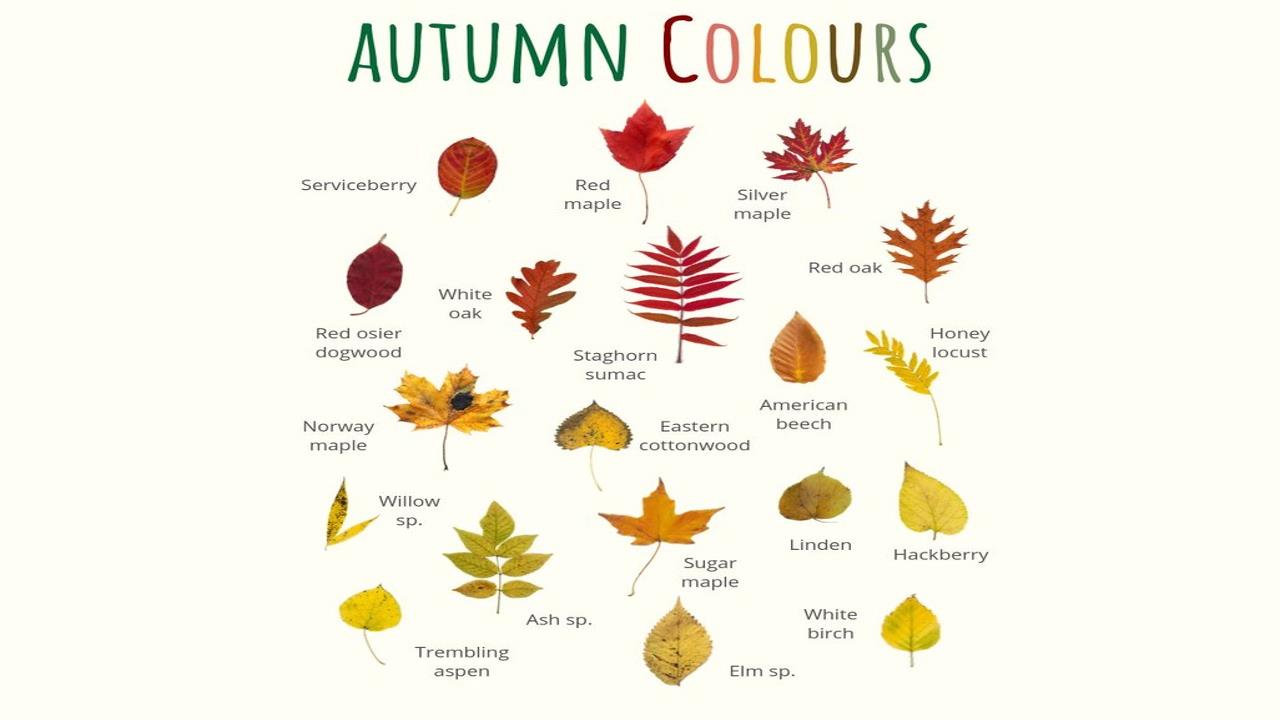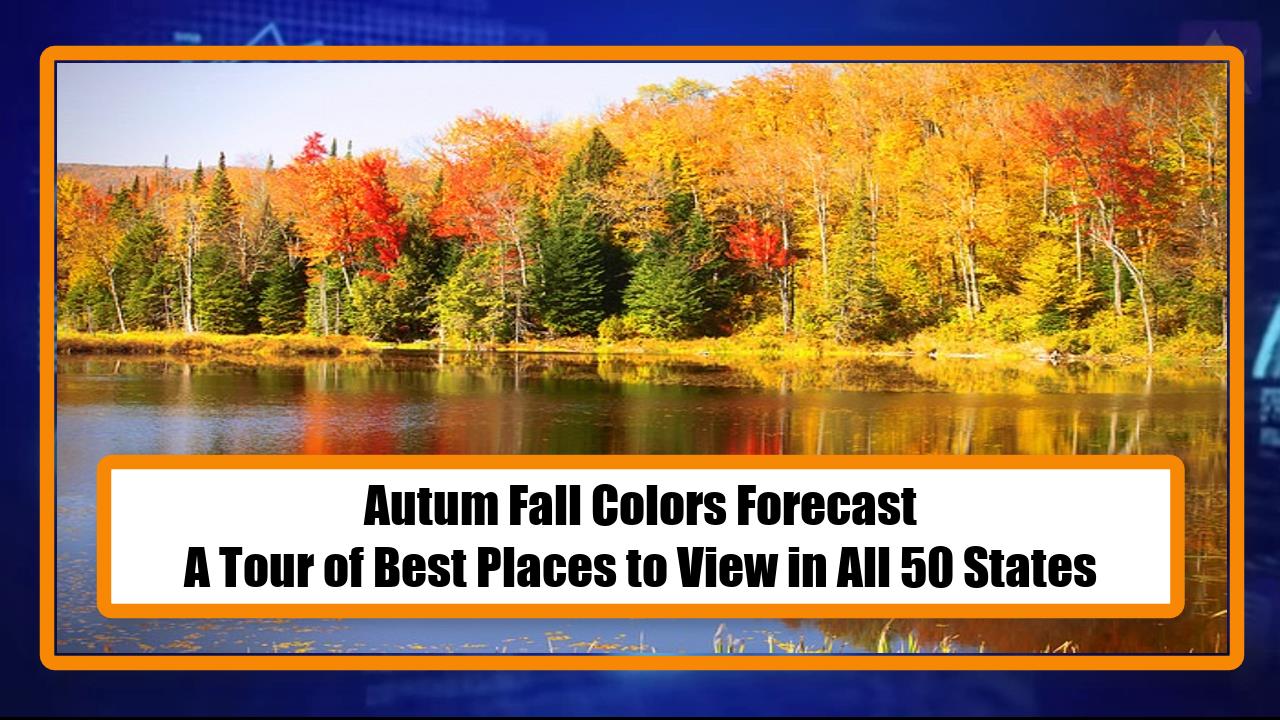Video:
Take our online poll:
AI Analysis:
The best fall colors in trees are influenced by specific weather conditions during the autumn season. While weather patterns can vary from year to year, certain weather conditions can enhance the vibrancy and longevity of fall foliage. Here are the key weather conditions that contribute to the best fall colors in trees:
1) Cool, Crisp Nights: Cool, but not freezing, nights are crucial for the development of vibrant fall colors. As temperatures drop at night, it triggers the breakdown of chlorophyll in leaves, allowing other pigments like carotenoids and anthocyanins to become more visible. The contrast between cool nights and warm days enhances the brilliance of the colors.
2) Warm, Sunny Days: Warm, sunny days during the autumn season are essential for photosynthesis to continue. This process helps to produce sugars and pigments in leaves, contributing to the development of vibrant colors. Adequate sunlight also stimulates the production of anthocyanins, which result in red and purple hues.
3) Adequate Moisture: Sufficient soil moisture is important to maintain the health of trees and their leaves. Drought conditions can stress trees and lead to premature leaf drop or less vibrant colors. However, excessive rainfall or overly wet conditions can also negatively impact fall colors by causing leaves to drop prematurely.
4) Stable Weather Patterns: A stable weather pattern with minimal extreme weather events, such as heavy rain, strong winds, or early frost, can help prolong the display of fall foliage. Such events can cause leaves to drop prematurely and diminish the vibrancy of colors.
5) Gradual Temperature Decline: A gradual decline in temperatures as autumn progresses is preferable for the development of vibrant fall colors. Abrupt drops in temperature can lead to early leaf drop and less colorful foliage.
6) Sunlight and Leaf Pigment Production: Adequate daylight hours are essential for the production of pigments in leaves. As the days shorten in the fall, trees respond by producing pigments like anthocyanins, which are responsible for red and purple colors.
7) Low Humidity: Low humidity levels can help intensify the colors in some tree species, particularly those with red or purple pigments. Dry air can promote the accumulation of anthocyanins in leaves.
8) Tree Health: Healthy trees are more likely to produce vibrant fall foliage. Trees that are stressed or diseased may not exhibit the same level of coloration.
9) Geographic Location: The timing and intensity of fall foliage can vary based on geographic location. Trees in higher elevations or northern regions often change color earlier than those in lower elevations or southern regions.
10) Tree Species: Different tree species have different pigments and coloration patterns. Understanding the characteristics of the tree species in a particular area can help predict the colors you might expect to see.
While these weather conditions can contribute to the best fall colors in trees, it's important to remember that there is some variability from year to year, and nature can be unpredictable. Nonetheless, when these conditions align, they create the picturesque fall landscapes that many people enjoy.
Chart:

References:


Comments